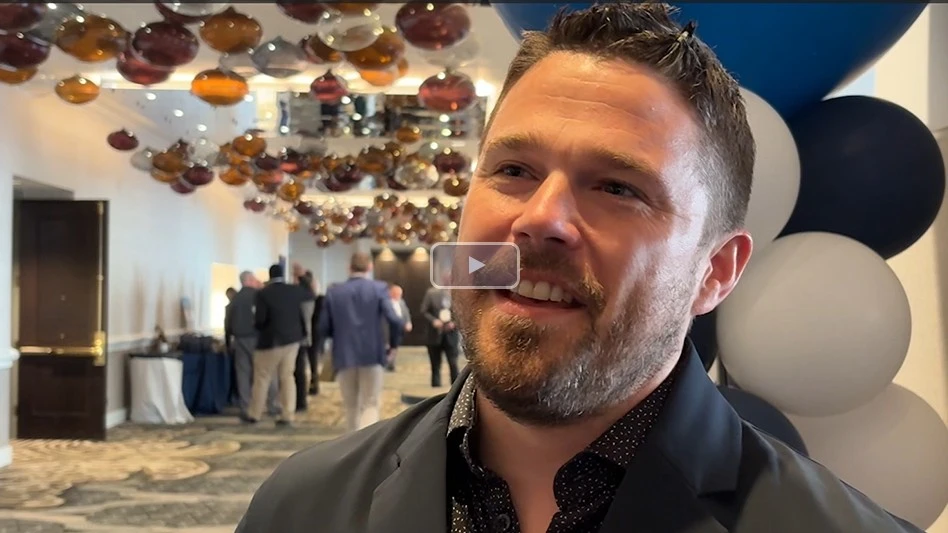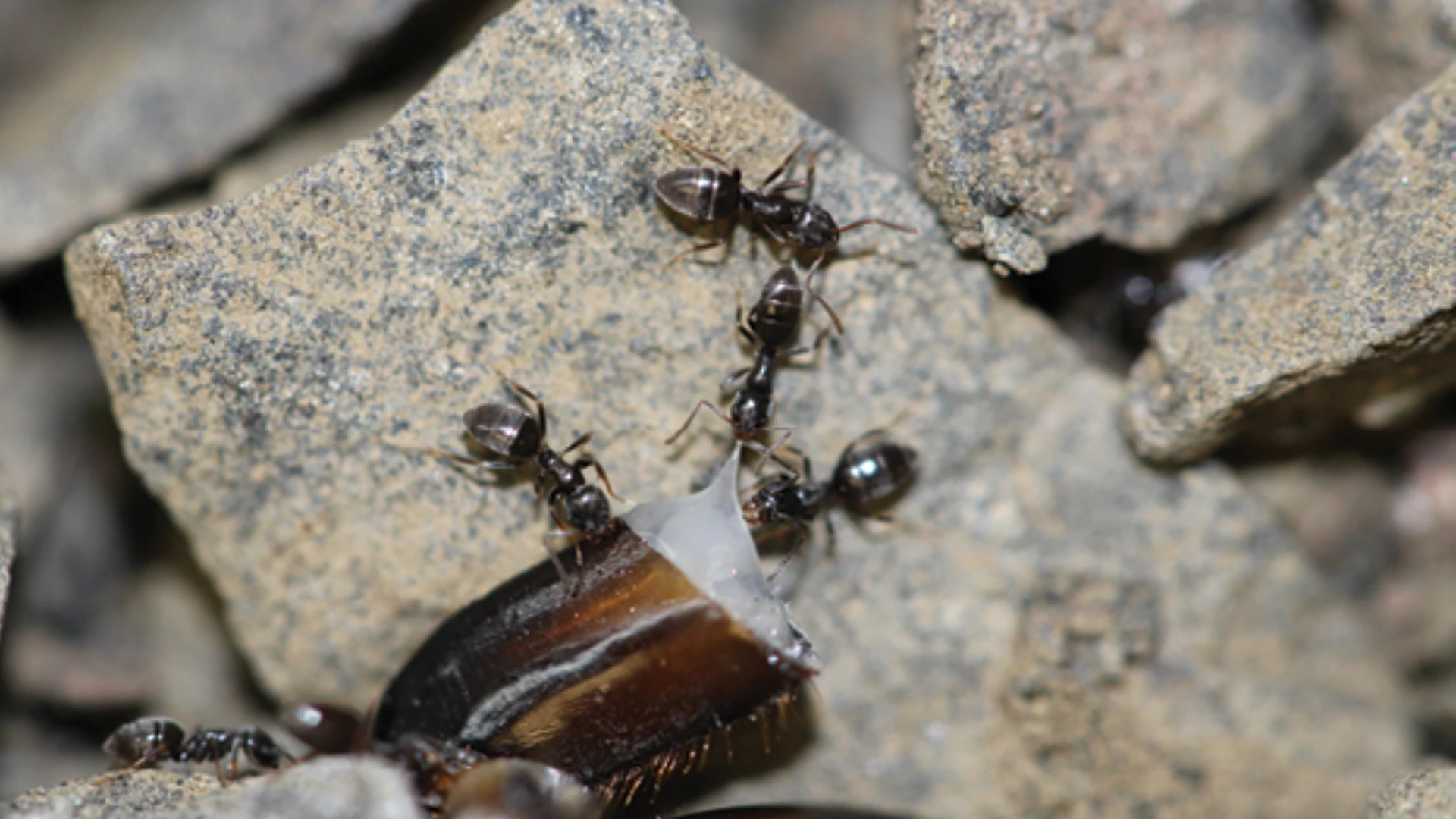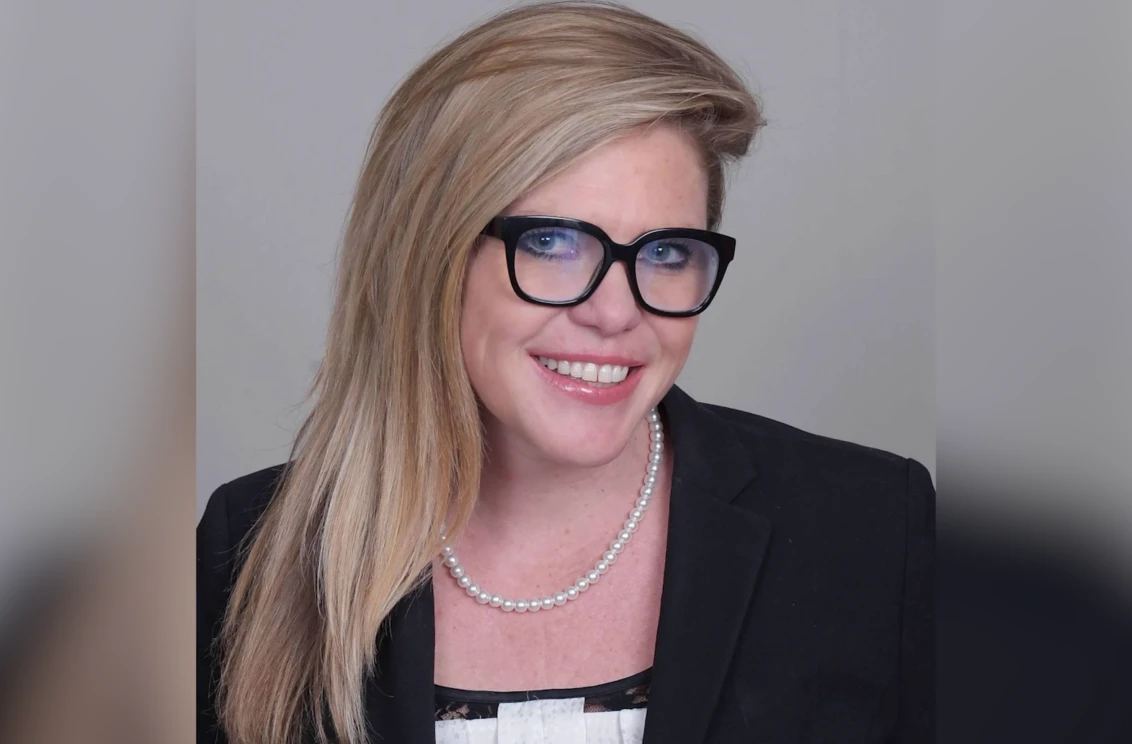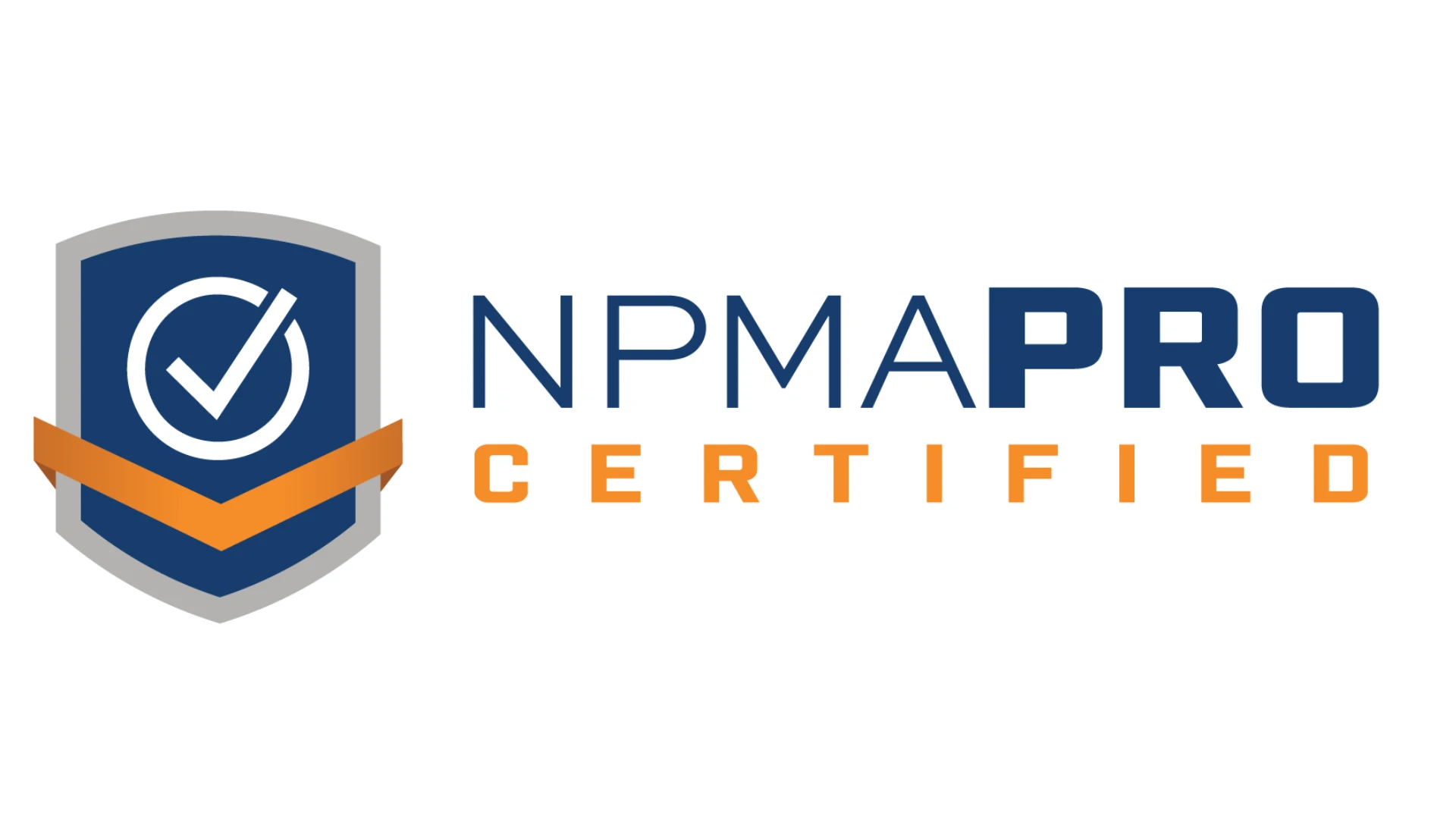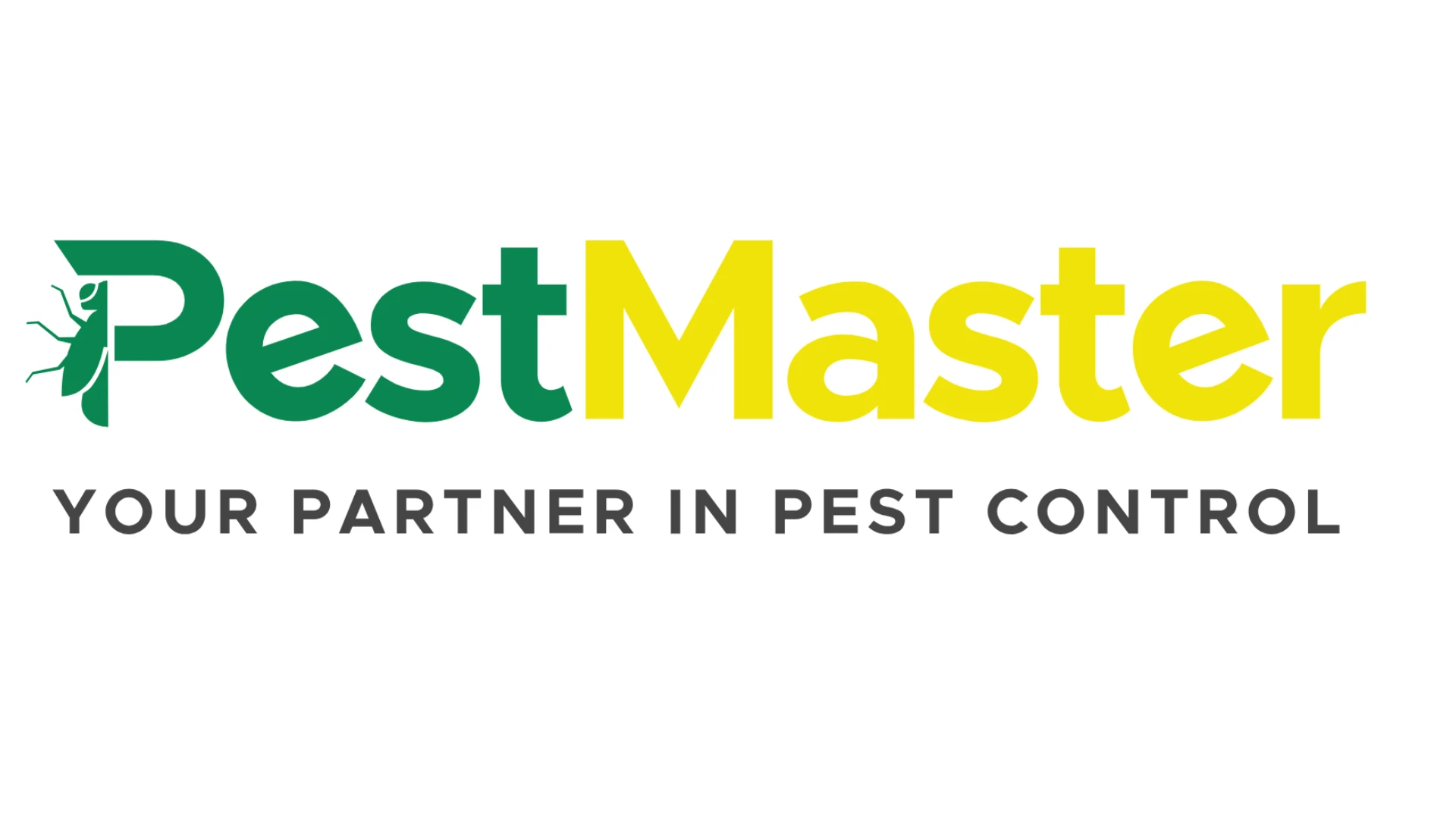For anyone driving for work these days, two things are obvious: First, it costs a lot more to fill up the tank.
Second, you are much more likely to be stuck in traffic today — wasting all that expensive fuel — than you were a couple of years ago.
That’s when the COVID-19 pandemic flattened roadway congestion to levels not seen in 40 years, found a 2021 report from the Urban Mobility Institute at Texas A&M University. In spring 2020, daily commuter traffic dropped by almost half compared to 2019, but the hiatus was short-lived. Last year, traffic levels increased at their fastest pace since 1982, the first year such data was collected.
Annual commuter delays were worst in the metro areas of New York City (56 hours), Boston (50 hours), Houston (49 hours), Los Angeles (46 hours), San Francisco (46 hours), Washington, D.C. (42 hours), Austin, Texas (41 hours), Bridgeport, Conn. (40 hours), Dallas-Fort Worth (40 hours) and Chicago (39 hours), found the Urban Mobility Institute report.
All that extra time behind the wheel and higher fuel costs are squeezing profit margins at pest control companies, reported pest management professionals.
“When your gas price goes up 50 to 60 percent, that’s a big dollar,” said Billy Tesh, owner of Pest Management Systems Inc. in Greensboro, N.C. “You’ve got to work on your business more now than you used to to make sure you’re efficient, because it can consume you.”
PMPs shared how they were reducing fuel costs and time on the road.
OPTIMIZING ROUTES. A year before the jump in fuel prices, Tesh began using route optimization software to tighten up route geography. No longer are technicians on the same streets three times a month. Instead, customers in the same neighborhood get service on the same day.
“We gained two days on average of additional time for our technicians per month,” said Tesh. Not only are employees earning more money in production, but they have more free time to spend with their families, he said.
James Grundy also made “more of a conscious effort” to tighten routes with software, he said. Even so, the owner of Hometown Pest Control in Saginaw, Texas, double-checked the results. “I still had to look at it myself and change some things just to make sure we’re optimizing our efficiency,” he said.
FINDING CREATIVE WORKAROUNDS. PMPs found different ways to reduce fuel use and still get technicians where they needed to be.
In Tallahassee, Fla., Todd Barber, owner of Barber’s Best Termite & Pest, put two technicians in one truck to service neighborhoods with a lot of accounts. “It has worked so far, but I don’t know if that’s sustainable,” he said.
Abell Pest Control added bicycles to some metropolitan routes. Technicians have bike racks on their service vehicles, and the bicycles have detachable saddle bags to transport product and equipment. “They are limited to what they can carry; however, it works for many accounts,” said Brett MacKillop, senior vice president of the Etobicoke, Ontario-based company.
An electric golf cart helped Prewett Pest Control in Auburn, Ala. The company services a large university, and instead of having multiple technicians do the work, the account was assigned to one person. He drives his own vehicle to campus and then drives the golf cart from building to building. Prewett Pest Control initially bought the golf cart because new service vehicles were nearly impossible to find at the time it acquired the account.
Golf carts don’t work everywhere, but they may be a solution in heavily populated communities. In some neighborhoods, PMPs said they’ve seen package delivery companies using road-legal golf carts.
EMPHASIZING LOCAL. In the early days of growing Ultra Safe Pest Management, President Victor Palermo advertised to the greater Boston area and took on jobs from all over. No more. Today, his advertising is city centric, and he turns down or refers work outside that zone. “We’re building good density in the thickly settled areas,” said Palermo of his strategy.
The many fees and reports required by counties in California keep Robert Keef, owner of Bay Pest Solution, focused on serving only the San Francisco Bay area. Even so, some jobs in his territory are just too far away, especially with gas prices hitting $6 a gallon in his market. “Even in my area, there are some areas that are way out there, and I don’t have any accounts out there, so it’s not worth me going,” he said.
To minimize time on the road, technicians at Pest Management Systems Inc. don’t come into the office. Instead, they drive service vehicles home and leave from home to start their routes. “That’s saving windshield time for them and us,” said Tesh, whose technicians also live in the geographic area where they work. The goal is for technicians to work within a 10-mile radius of where they begin work that day, he said.
MAKING EACH STOP COUNT. The more services a technician can provide at an account during one visit, the better.
That’s why Ultra Safe Pest Management is now making sure customers who have general pest and mosquito control get both services performed on the same day by the same technician. Traditionally, the company had separate routes for mosquito control.
“Some techs, they don’t want to do the mosquitoes. They hate the smell of botanical products, think it’s boring; you’ll get every answer in the book. My answer to that at this point in time is we’ve got to do the best we can in the environment that we’re in, and if that’s doing some mosquito, unfortunately, that’s what we have to do,” said Palermo.
MAXIMIZING FUEL PURCHASES. It pays to be strategic when buying fuel. Keef of Bay Pest Solution directs technicians to a specific gas station chain and provides them with a fuel card.
“We have an account with Arco, which is the cheaper of the gas, so we just make sure everyone goes to Arco. We’re using one vendor, and basically, that vendor is least expensive,” said Keef.
Employees at Prewett Pest Control “double dip” on fleet discount and gas reward programs, said Lee Thompson, company president. His 22 technicians each have a WEX fleet credit card for Mapco gas stations, which are plentiful in the company’s service area. By using the card at a Mapco station, the company saves 4 cents per gallon.
As well, the fleet card helps the company manage cash flow and track fuel usage, including the number of fill-ups, miles driven between fill-ups and miles per hour. “If you’ve got three or four vehicles and you’re not using a program like that, you honestly could be robbed blind,” said Thompson, who has fired two employees in his career for stealing gas. “It’s common. You’ve got to keep an eye on it all the time.”
In addition, Prewett technicians enroll in the Mapco gas station rewards program. By swiping their rewards card before each fill-up, they save an additional 3 cents per gallon, plus earn points for each gallon purchased. Technicians can redeem the points for free food and drinks at Mapco stations.

It’s worth finding out which service stations have the best discounts and rewards. “If you can find one in your area that has a better rewards program, that would be the ticket,” said Thompson.
PASSING ALONG HIGHER COSTS. To safeguard profit margins, some PMPs planned to add a fuel surcharge to invoices or to increase service prices.
According to a combination of online surveys conducted by PCT from March through May on LinkedIn and the PCT website, 43 percent of PMPs said they considered adding a fuel surcharge to customer bills due to rising gas prices, while 57 percent did not.
The last time fuel prices spiked back in 2008 or so, Palermo, Ultra Safe Pest Management, added a $10 fuel surcharge to customer bills. “That wasn’t exactly the most popular line item,” he admitted. This time around, he was taking a wait-and-see approach before doing that again.
Some PMPs raised prices across the board. Pest Management Systems Inc. implemented a 5 percent price increase, its second increase of 2022. Hometown Pest Control upped prices by $5. “Doing that helped offset the cost of fuel,” said Grundy.
MONITORING DRIVER BEHAVIOR. In-vehicle GPS systems let PMPs monitor employee driving behavior, which can have a huge impact on fuel efficiency.
According to the Department of Energy’s fueleconomy.gov website, speeding, rapid acceleration and aggressive braking can lower gas mileage by 15 to 30 percent at highway speeds and 10 to 40 percent in stop-and-go traffic. Sensible driving, it stated, can save 41 cents to $1.63 per gallon.
Observing the speed limit in particular saves money, as each 5 MPH driven over 50 MPH costs an additional 28 cents per gallon for gas, stated the agency.
In addition, excessive idling can use a quarter- to a half-gallon of fuel per hour, depending on engine size and air conditioner use.
By tracking metrics more diligently — and talking to employees when their driving behavior falls outside company standards — PMPs said they can reduce fuel usage and lower fuel costs.
MAINTAINING VEHICLES BETTER. Better vehicle “housekeeping” also can reduce fuel usage. This includes cleaning out service vehicles so technicians are not hauling around heavy, unnecessary items. According to the Department of Energy, an extra 100 pounds in a vehicle can reduce miles per gallon by 1 percent.
Also, check tire pressure regularly; don’t wait for alerts from the dashboard that tire pressure is low.
Underinflated tires reduce gas mileage by roughly .2 percent for every pound per square inch they are low, stated the agency. Properly inflated tires also are safer and last longer.
SWITCHING UP SERVICE VEHICLES. Electric vehicles helped Gunter Pest Management save on fuel. The Kansas City, Mo.-based company has seven Tesla Model 3s and is planning to add four more per year until its fleet of 18 vehicles is fully electric.
“Gas has doubled from last year, so it’s been nice to have the electric vehicles to help cut down on that expense. The cost of a tank of gas is around six times the cost of a full Tesla charge right now,” said Noah Besheer, the company’s president.
Solar panels on the company’s service garage and home office building help keep electric costs down. “Our electric bill is about half of what it used to be before we installed the solar panels, even with charging our Teslas in the solar-powered garage,” said Besheer.
Even though EVs cost more than gas-engine vehicles upfront, Gunter Pest Management is saving on gas and vehicle maintenance costs. It’s also getting a lot of good publicity. The Teslas are “a great conversation starter with customers,” said Besheer.
For Pest Management Systems Inc. to switch to EVs, the company would have to pay to install charging stations at employees’ homes (since they drive vehicles home) and track kilowatt hours to reimburse employees for the cost of electricity used to charge the vehicles.
“It’s going to be a little complicated, but I’m willing to take a leap of faith and start with some of my key people,” said Tesh, who was waiting for EV pickup trucks to hit the market to do this.
Hybrid gas-electric vehicles that get up to 50 MPG make up most of the fleet at Bay Pest Solution. Keef said it might be time to get rid of the company’s half-ton pickup truck, initially used for termite work.
“It does eat a lot of gas. We don’t need a half-ton to do termite work anymore,” he said.

Explore the June 2022 Issue
Check out more from this issue and find your next story to read.
Latest from Pest Control Technology
- Target Specialty Products Expands Sales Leadership Team
- Mosquito Joe Promotes David Price to Vice President of Strategic Growth
- Abell Pest Control Recognized as One of Canada’s Best Workplaces in 2025
- Scorpion Launches Capacity Marketing Engine
- Petti Pest Control Owners Reflect on Finding Success as a Father-Son Duo
- Effective Mitigation of Crow Infestations
- Mosquito Control: Spraying vs. IPM
- Terminix Service's Leaders Inducted into South Carolina Business Hall of Fame
